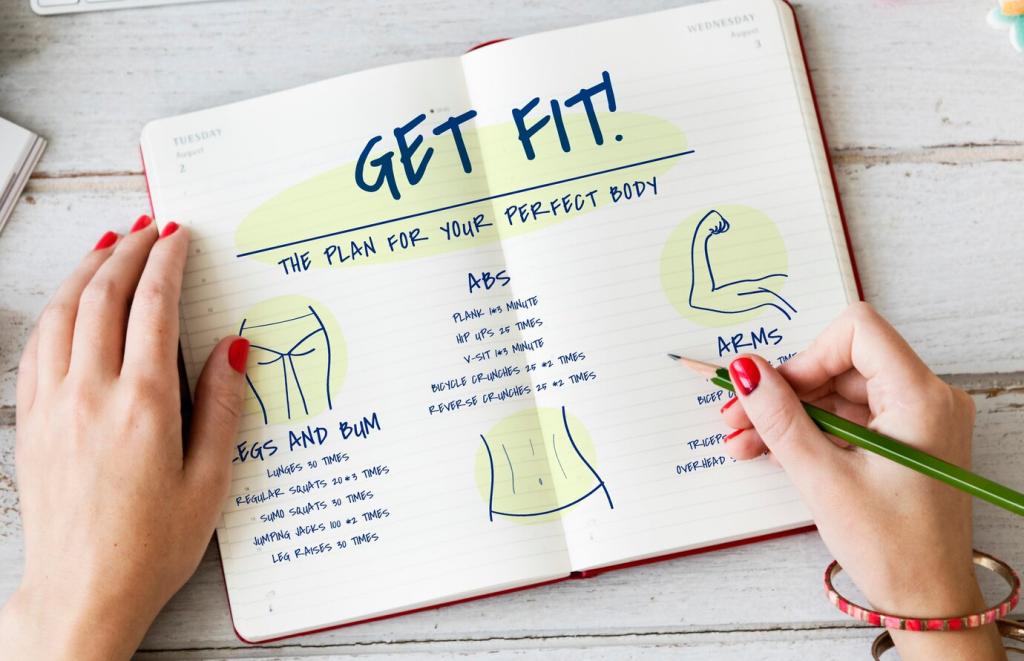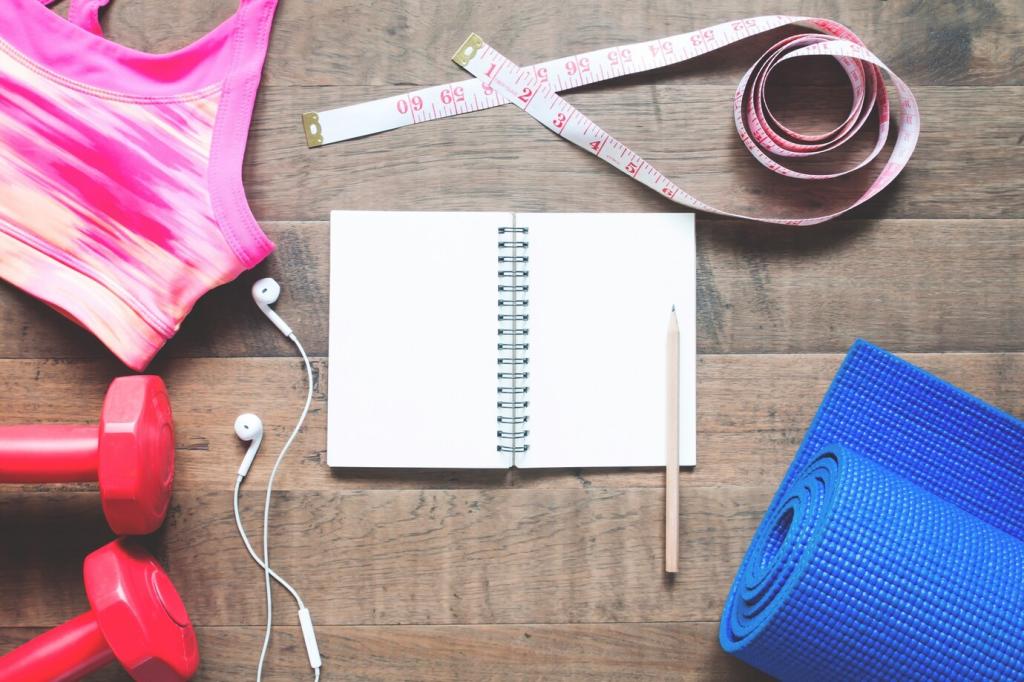Designing a Beginner's Fitness Plan: Start Strong, Stay Safe
Selected theme: Designing a Beginner’s Fitness Plan. Begin with confidence through clear goals, gentle progress, and joyful movement. Last spring, Maya started with ten-minute walks; six months later, her consistent, simple plan made stairs feel effortless. Join us, share your starting point, and subscribe for weekly guidance that keeps your plan realistic and motivating.
Swap “get fit” for a specific outcome like “walk briskly for twenty minutes, four times weekly.” Tie it to a time window, and celebrate every completed session as genuine proof your beginner plan is working.

The 3-2-1 Template for Beginners
Aim for three cardio sessions, two strength sessions, and one dedicated mobility session. Keep each under forty minutes. This balanced frame ensures your beginner plan builds endurance, strength, and flexibility without overwhelming your schedule.
Active Rest That Actually Restores
On rest days, choose gentle activity like a short walk, easy cycling, or stretching. Active recovery improves circulation, reduces soreness, and keeps your beginner plan enjoyable rather than exhausting, especially during your crucial first month.
Time-Boxing Beats Motivation
Book workouts like appointments. Put start and end times on your calendar, including commute and shower buffers. Protecting time makes your beginner plan resilient when motivation wobbles, because the decision is already made for you.
Choose Movements That Love Your Joints
Start with brisk walking, elliptical, cycling, or pool workouts. Monitor the talk test: you can speak in short sentences. This safeguards beginners by matching intensity to fitness level while still nudging the needle forward, session by session.


Choose Movements That Love Your Joints
Build a foundation using squats to a chair, wall or incline push-ups, rows with bands, and dead bugs. Two sets each, slow tempo. These movements teach control, strengthen stabilizers, and fit perfectly inside a beginner’s plan.
Progression Without Burnout
Increase either total weekly time, distance, or weight by no more than about ten percent. If you did one hundred minutes last week, aim for around one hundred ten this week. Small increments accumulate into reliable, injury-resistant gains.
Neutral Spine Basics You Can Trust
Imagine your ribcage stacked over your pelvis, chin slightly tucked, and abs gently braced. Maintain that posture during squats and hinges. Feeling aligned builds confidence, and a beginner plan thrives when movement feels controlled, not wobbly.
Breathe to Guide Effort, Not Panic It
Inhale to prepare, exhale through the effort. Count your exhale for three beats on pushes or stands. Breath pacing dials intensity and calms nerves, making beginner sessions smoother, and more repeatable throughout the week.
Red Flags That Say Pause Now
Sharp pain, dizziness, chest pressure, or swelling demands immediate stop and professional guidance. Adjust or regress movements at the first warning sign. A respectful beginner’s plan listens to the body and earns trust every session.



Mindset, Motivation, and Community
Attach workouts to existing routines: after morning coffee, before evening shower, or during lunch break. Anchoring reduces decision fatigue, making your beginner plan feel inevitable rather than negotiable, especially on hectic, low-motivation days.
